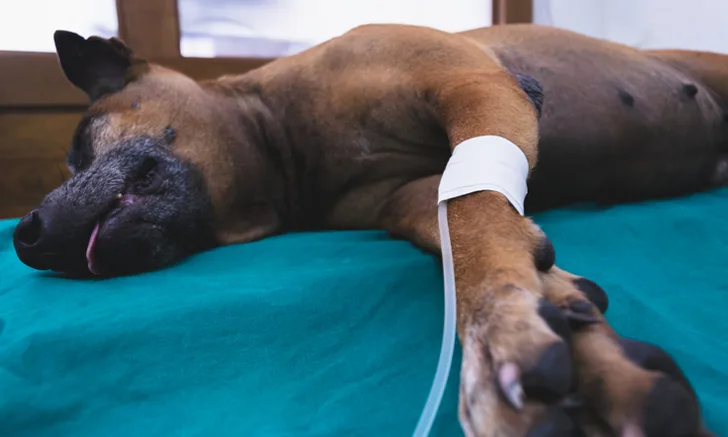A Global Perspective on Sedation Protocols
Peter W. Kronen, DVM, Dr. M.V., DECVAA, Veterinary Anesthesia Services – International, Winterthur, Switzerland, Center for Applied Biotechnology and Molecular Medicine, University of Zurich, Switzerland

This letter to the editor is in response to Top 5 Short Procedure Sedation Scenarios, which appeared in the March 2019 issue of Clinician's Brief.
First, the authors’ statement that deep sedation may be riskier than general anesthesia must be emphasized. Sedation, in fact, presents less possibility for monitoring and fully securing the airway. While no clear statistics exist regarding the morbidity and mortality of sedative versus anesthetic protocols, we do have concerning data illustrating the danger of modern anesthesia.1,2 This well-known danger should prompt careful attention to all procedures that involve alterations of consciousness in animals. Better education of personnel and careful preparation for all eventualities may ameliorate the risks: educated, individual, context-sensitive monitoring is overridingly important and the combination and choice of drugs and doses for a sedation protocol should be adapted to the individual cat or dog. There is no safe one-size-fits-all protocol. Furthermore, some clinical situations may require different drug choices than others. For example, if pain or nociception is involved, an appropriately chosen analgesic must be part of the protocol.
Veterinarians around the world, however, do not always have the luxury of free choice of drugs. The availability of sedative, analgesic, or even anesthetic drugs may be very restricted by factors that vary by country. These may be categorized into regulatory restrictions (licensing of drugs), permission restrictions (licensing of veterinarians/clinics), and cost.
Although only 34% of the 93-member countries of WSAVA responded to the 2013 Global Pain Survey,3 opioids were available for human use in all countries and in over 90% for veterinary use (with or without veterinary license). However, the lack of an opioid license for veterinarians seemed the stronger factor in decreasing their use. In terms of cost and situational factors, some countries even impose special construction requirements for veterinary clinics that use opioids or expensive licensing processes apply. In this context, the use of ketamine and tiletamine warrants special mention. The ability to use these dissociative anesthetic drugs to meet basic veterinary needs of sedation, anesthesia, and analgesia is essential for many countries around the world.4
Aside from impeding the best level of care, the above limitations may lead to untreated pain in animals, which is clearly unethical. The absence of dissociative anesthetic options and opioids may even lead to danger of serious injury to the patient or veterinary staff. Consequently, veterinarians and their national and international organizations should work tirelessly both within the profession and with regulatory authorities and pharmaceutical companies to further the availability of these drugs in their countries and daily clinical practice.
This article provides reasonable and well-thought-out options for different sedation scenarios in small animal clinical practice and as such is valuable around the world.